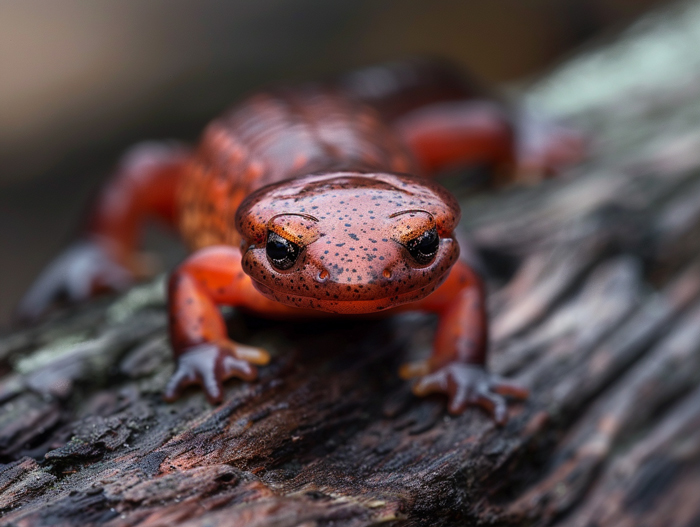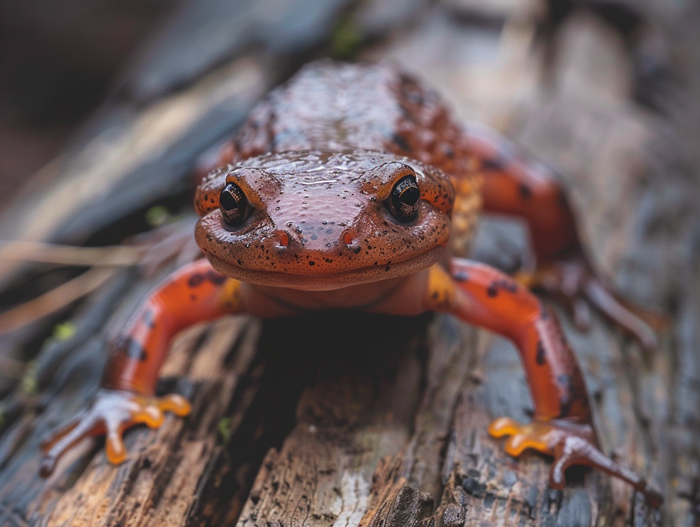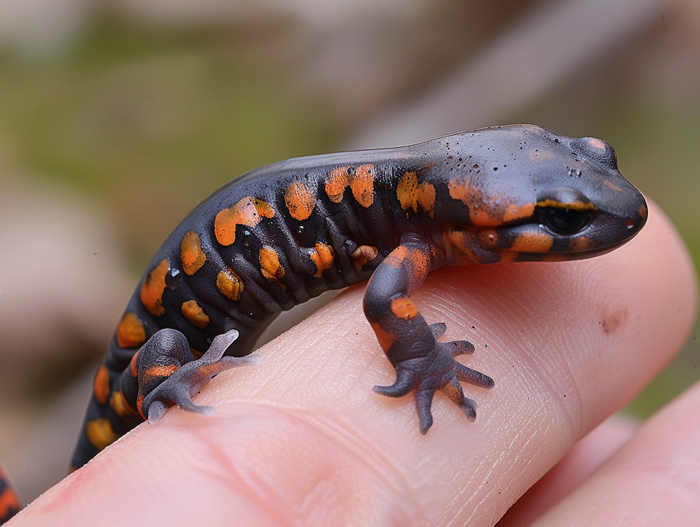Curious about whether salamanders are poisonous? You’re not alone. These fascinating creatures have long intrigued both scientists and nature enthusiasts alike. In this text, we’ll investigate into the world of salamanders and explore the truth behind their potential toxicity.
While some salamander species do indeed possess toxins, not all are harmful to humans. Understanding the differences between various salamander types can help you appreciate these amphibians while staying safe in their presence. Let’s unravel the mystery of salamander toxicity together.
From bright colors to hidden defenses, salamanders have evolved unique ways to protect themselves in the wild. By learning more about their fascinating adaptations, you’ll gain a newfound appreciation for these intriguing creatures. Stay tuned as we uncover the truth about whether salamanders are truly poisonous.
Key Takeaways
- Not all salamanders are poisonous; some species possess toxins as a defense mechanism.
- Terrestrial, aquatic, and aposematic salamanders exhibit different toxic traits and defense mechanisms.
- Toxic salamanders like the Rough-skinned Newt can have potent toxins harmful if ingested.
- Recognizing physical characteristics and behaviors can help identify poisonous salamanders.
- When encountering a potentially poisonous salamander, stay calm, keep your distance, and seek medical help if needed.
- Appreciate salamanders from a safe distance to admire their uniqueness while staying safe.
Are Salamanders Poisonous
Salamanders are intriguing creatures that have sparked curiosity about their toxicity. Let’s investigate into the topic of salamander toxicity to understand more about these amphibians.

Types of Salamanders
- Terrestrial Salamanders: Often found on land, these salamanders may possess toxins as a defense mechanism.
- Aquatic Salamanders: These species, like newts, can also have toxic secretions that deter predators.
- Aposematic Salamanders: These brightly colored salamanders signal their toxicity to potential threats.

Poisonous vs. Non-poisonous Species
- Toxic Salamanders: Species like the Rough-skinned Newt carry potent toxins, like tetrodotoxin, which can be harmful if ingested.
- Non-toxic Salamanders: Salamanders such as the Red-backed Salamander do not produce harmful toxins, making them safe to handle.
- When handling toxic salamanders, be cautious as their toxins can cause skin irritation or more severe reactions.
- Ingesting secretions from toxic salamanders can lead to nausea, dizziness, or even more serious health issues.
- Remember, it’s essential to appreciate salamanders from a safe distance while admiring their unique adaptations in nature.
How to Identify Poisonous Salamanders

Physical Characteristics
- Bright Colors: Poisonous salamanders often display vibrant hues as a warning signal to predators.
- Smooth or Warty Skin: Toxic salamanders may have smooth or warty skin textures rather than rough or bumpy skin.
- Distinct Patterns: Look for unique patterns on the salamander’s skin, which can indicate toxicity.
- Slow Movements: Poisonous salamanders tend to move slowly and deliberately to conserve energy and reduce attention from predators.
- Defensive Posture: When threatened, toxic salamanders may display defensive behaviors like arching their backs or raising their heads.
- Nocturnal Activity: Many toxic salamanders are nocturnal, preferring to hunt and move during the night to avoid predators.
Avoiding alerting predators, toxic salamanders often rely on their physical attributes and behaviors to signal their potential danger, ensuring their survival in the wild.
What to Do If You Encounter a Poisonous Salamander

Avoiding Contact
- Stay Calm: If you spot a potentially poisonous salamander, avoid panicking.
- Keep Your Distance: Do not touch or handle the salamander.
- Observe Safely: Admire from a distance to appreciate their beauty without risking harm.
- Inform Others: Warn those around you, especially in areas where people commonly interact with wildlife.
- Wash Hands: If accidental contact occurs, wash your hands thoroughly with soap and water.
- Avoid Touching Face: Prevent any potential transfer of toxins to sensitive areas.
- Seek Medical Help: If bitten or if you suspect exposure to toxins, seek medical assistance promptly.
- Provide Information: Remember to inform medical professionals about the encounter for appropriate treatment.
Remember: Being cautious and informed is key when encountering potentially poisonous animals in the wild.
Conclusion
Remember, encountering a poisonous salamander can be alarming, but staying calm and keeping a safe distance is crucial. Observing from afar and informing others can help prevent any potential harm. If you do come into contact accidentally, remember to wash your hands, avoid touching your face, and seek medical help promptly. Being cautious and informed when dealing with toxic wildlife is key to ensuring your safety. Stay vigilant and prepared when exploring areas where salamanders may reside.

Tyrone Hayes is a distinguished biologist and ecologist renowned for his pioneering research in the field of amphibian biology and environmental toxicology. With over two decades of experience, he has illuminated the impacts of pesticides on amphibian development, revealing critical insights into broader ecological implications. Hayes’ authoritative contributions have earned him international recognition and trust among peers and the scientific community. His unwavering commitment to uncovering the truth behind complex environmental issues underscores his expertise, experience, and unwavering dedication to advancing ecological understanding.
